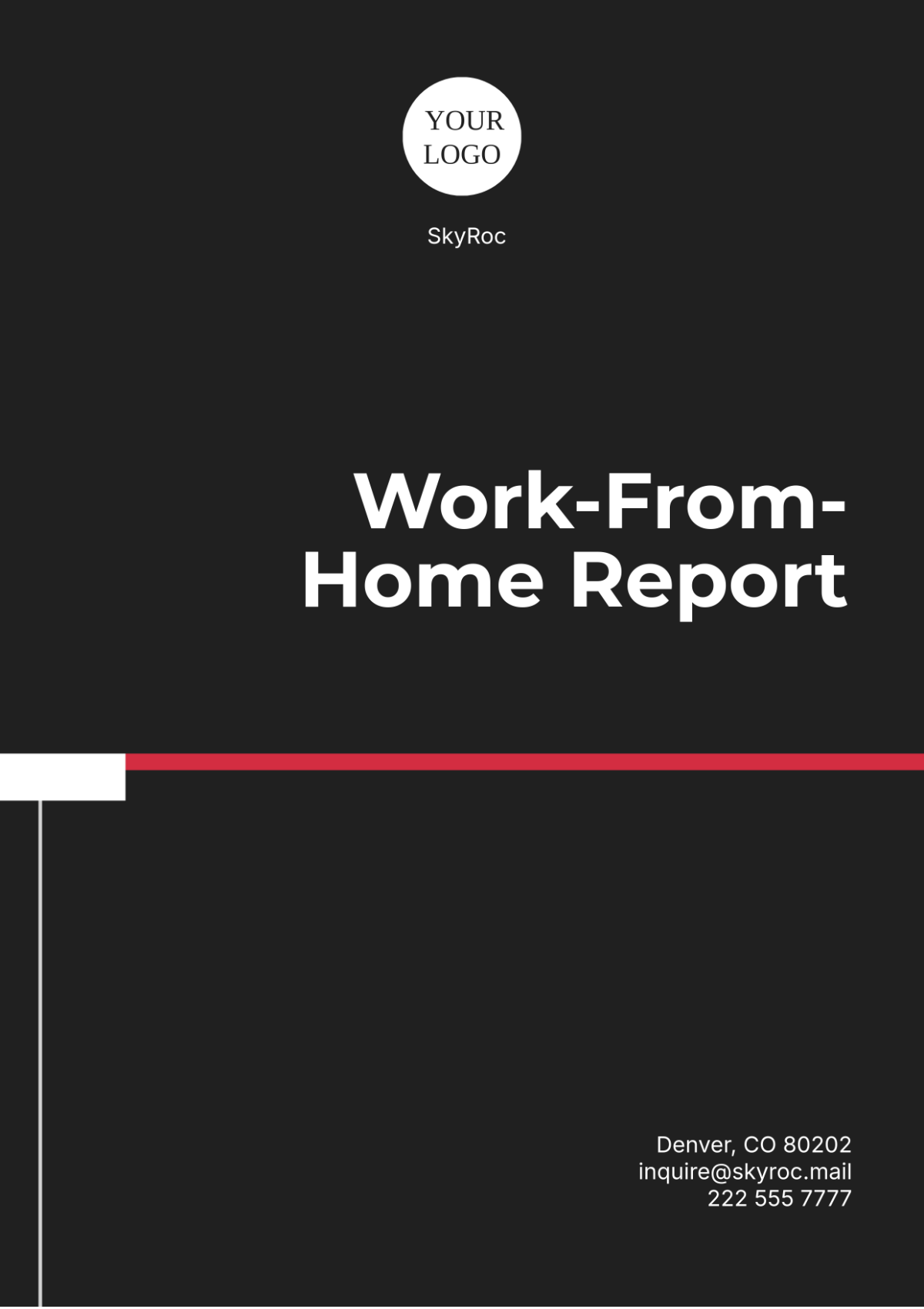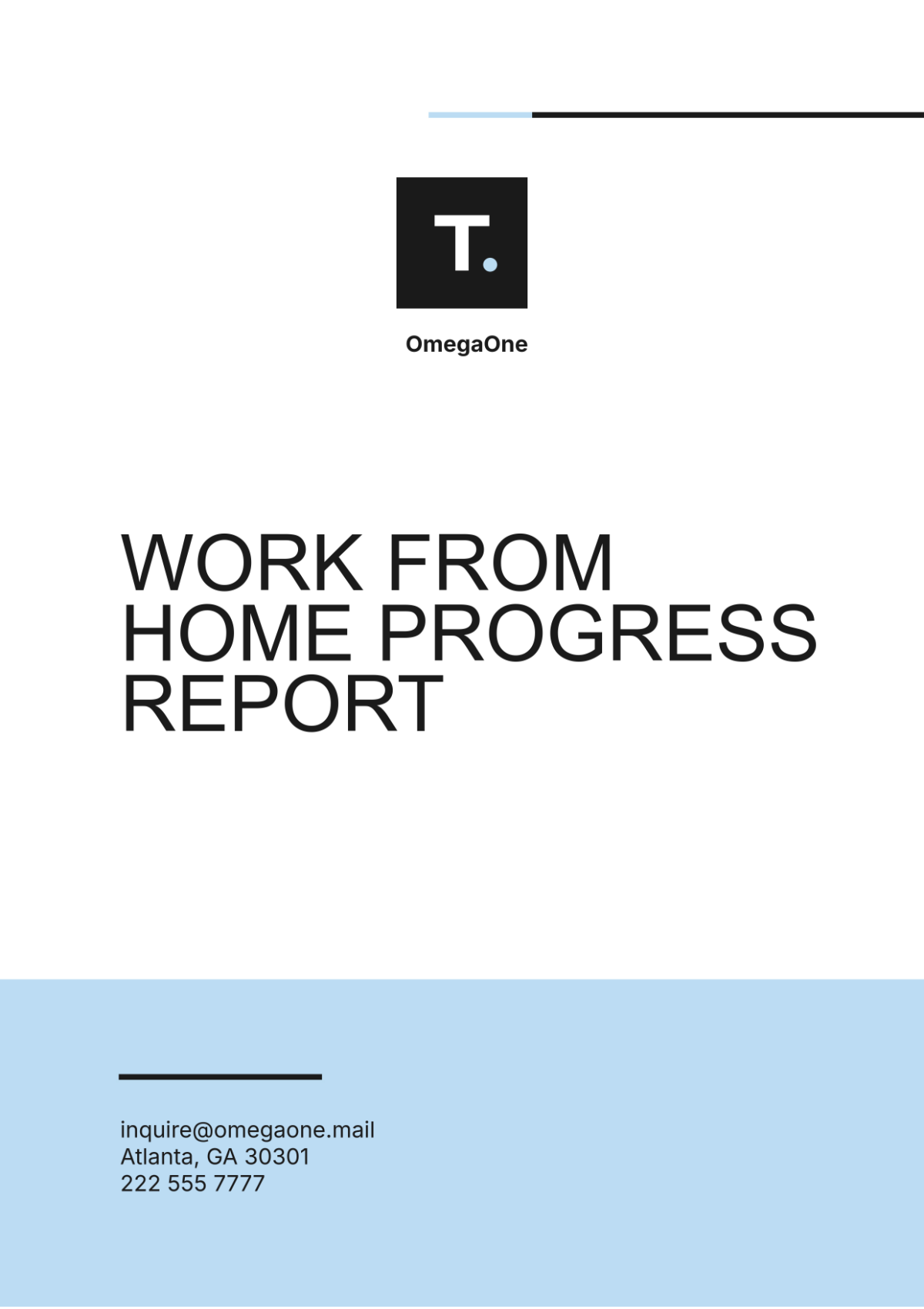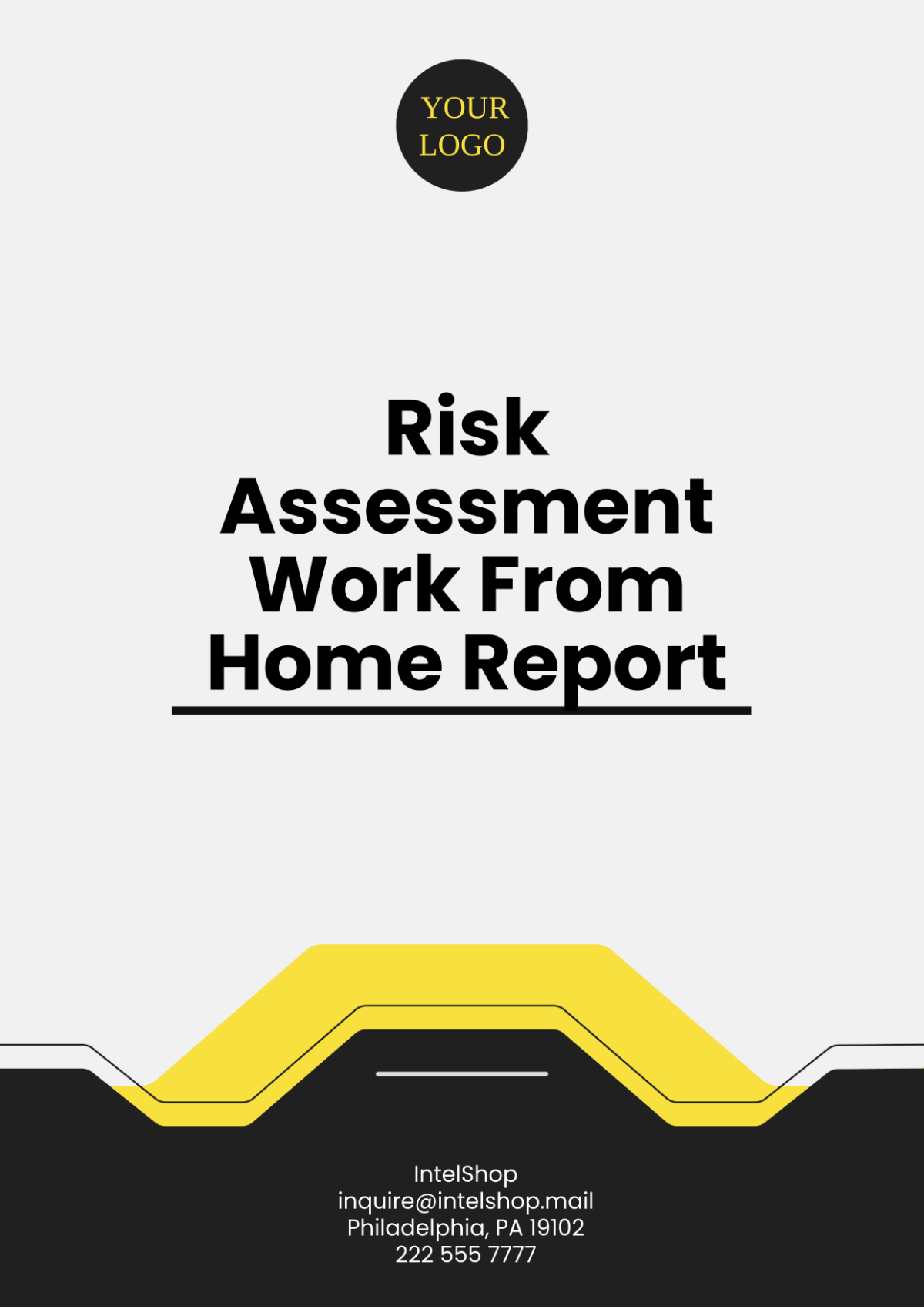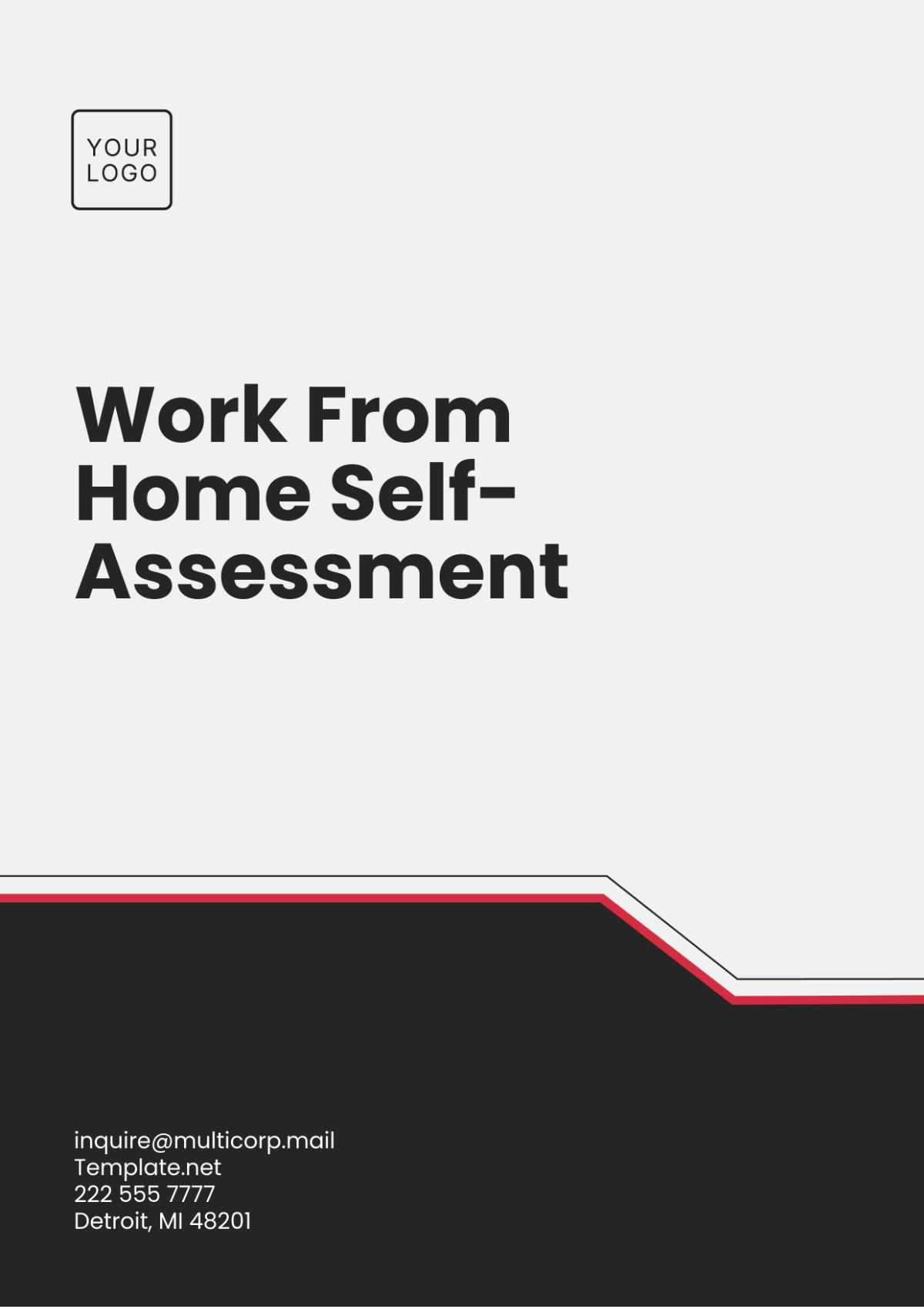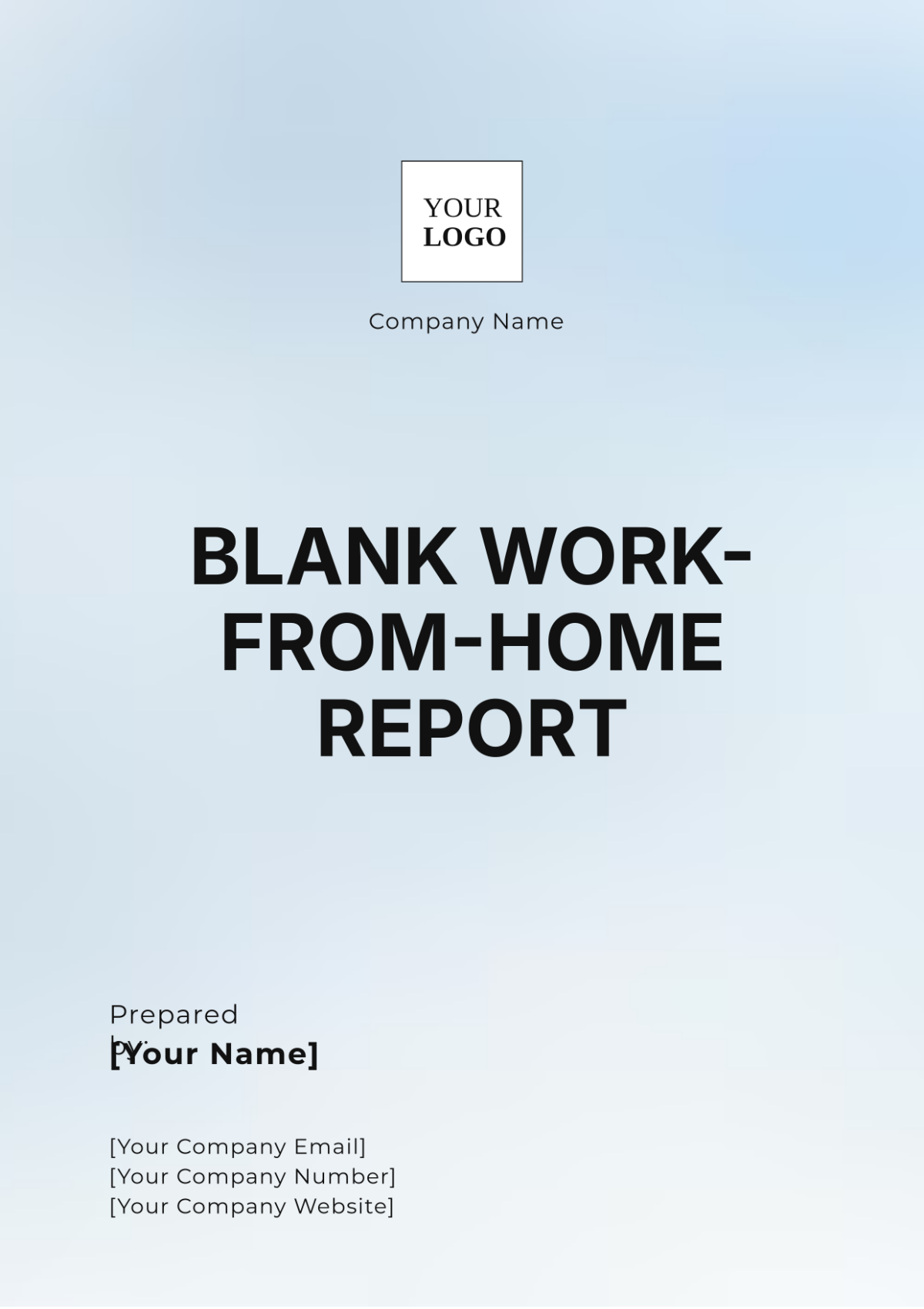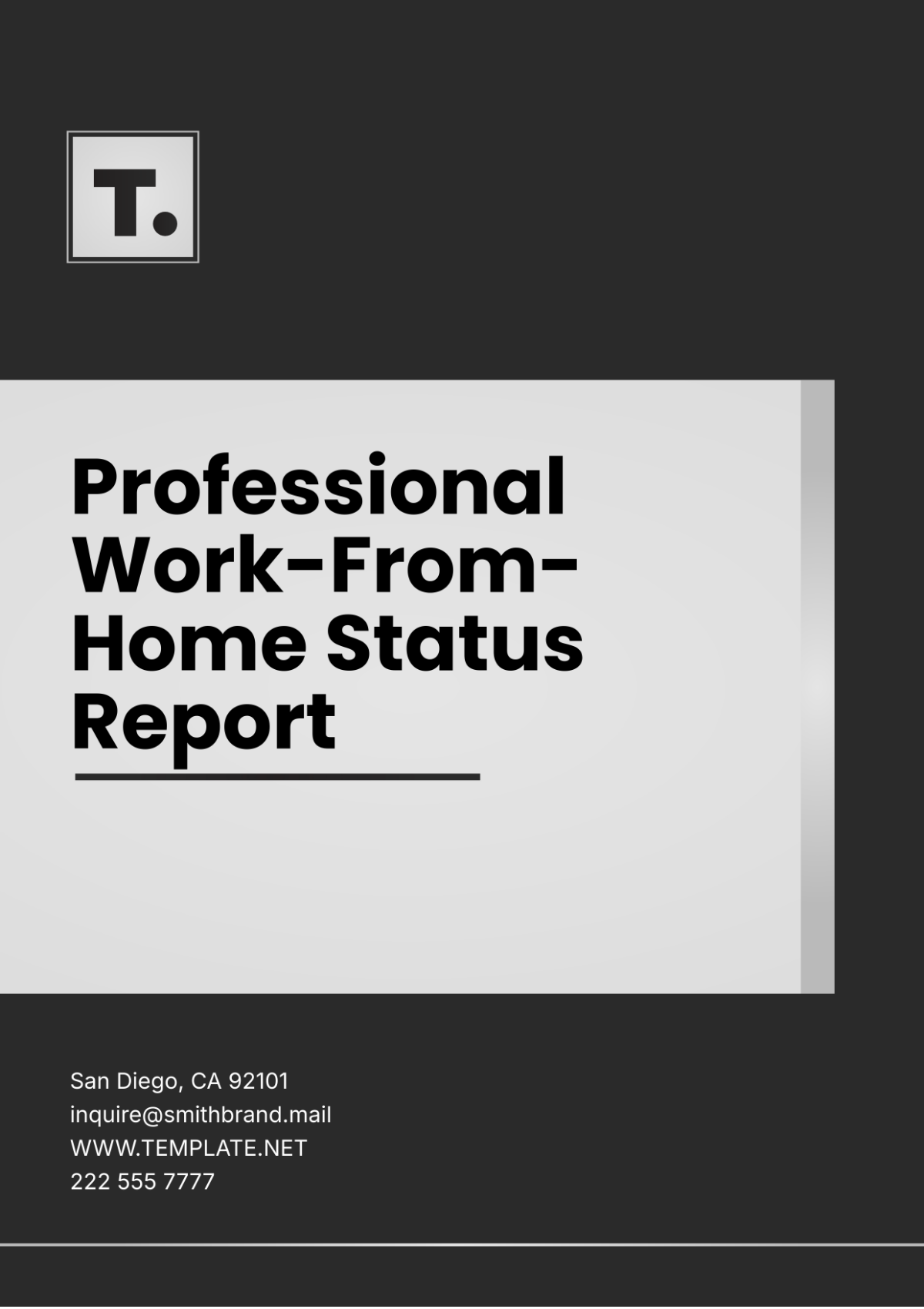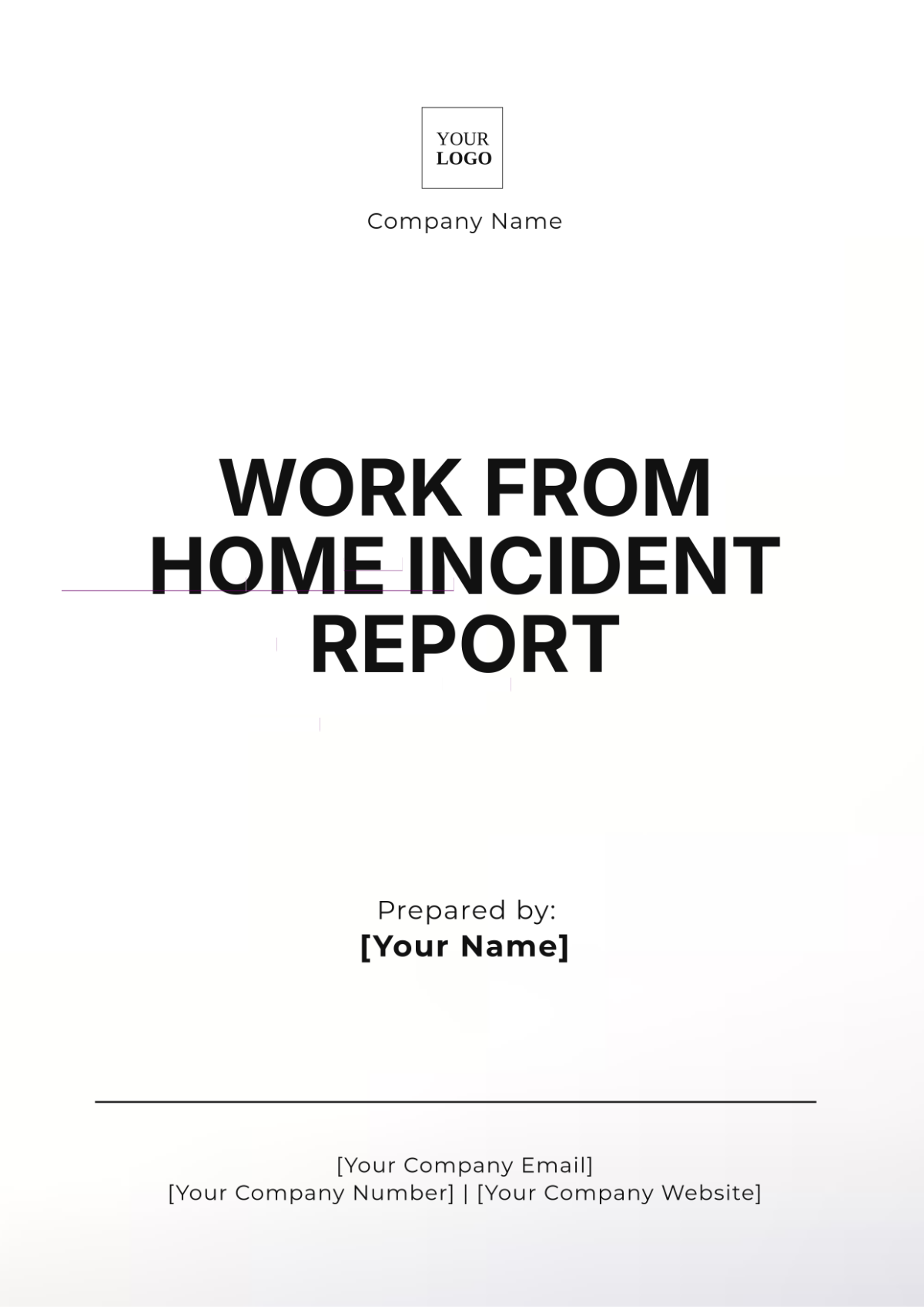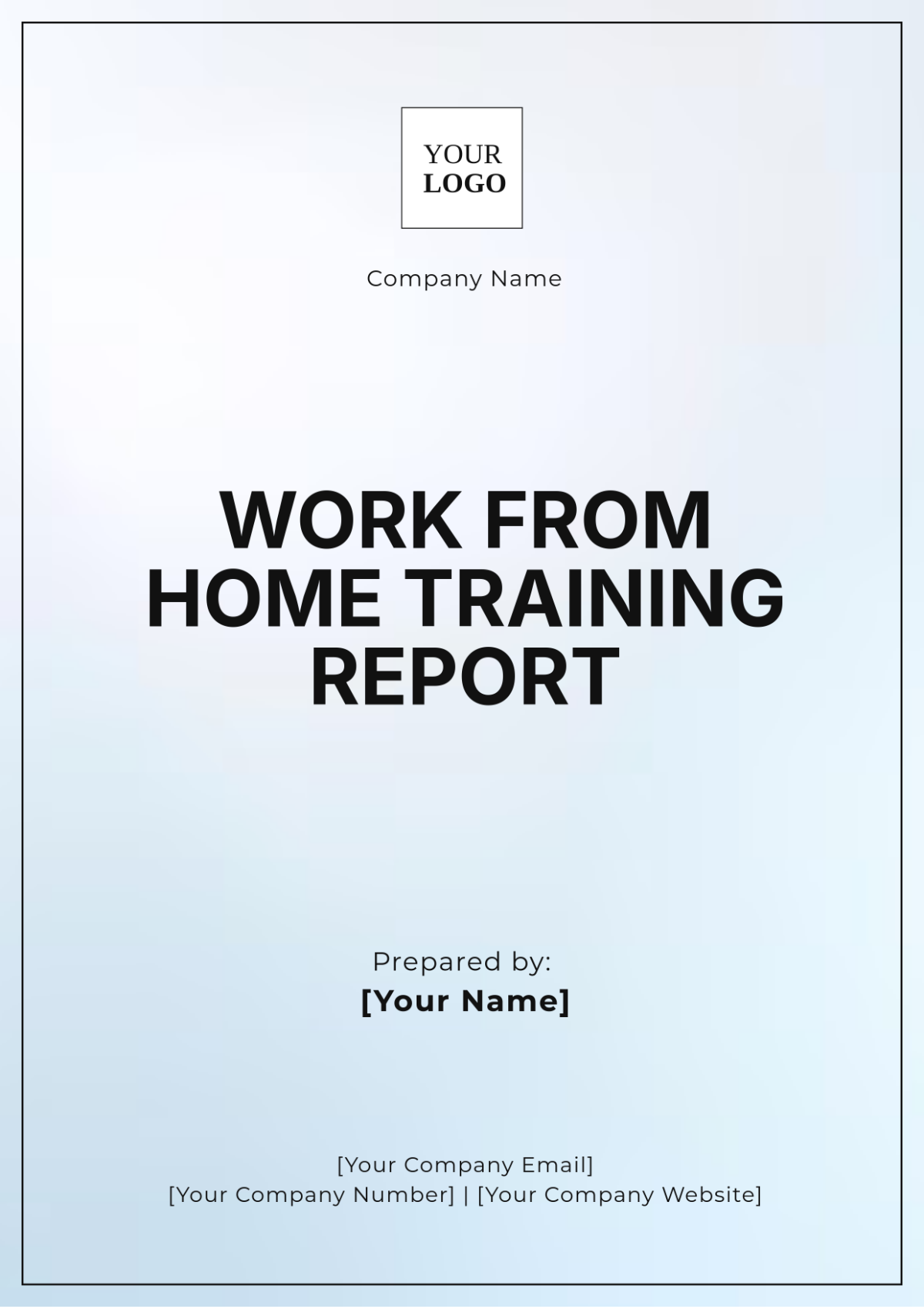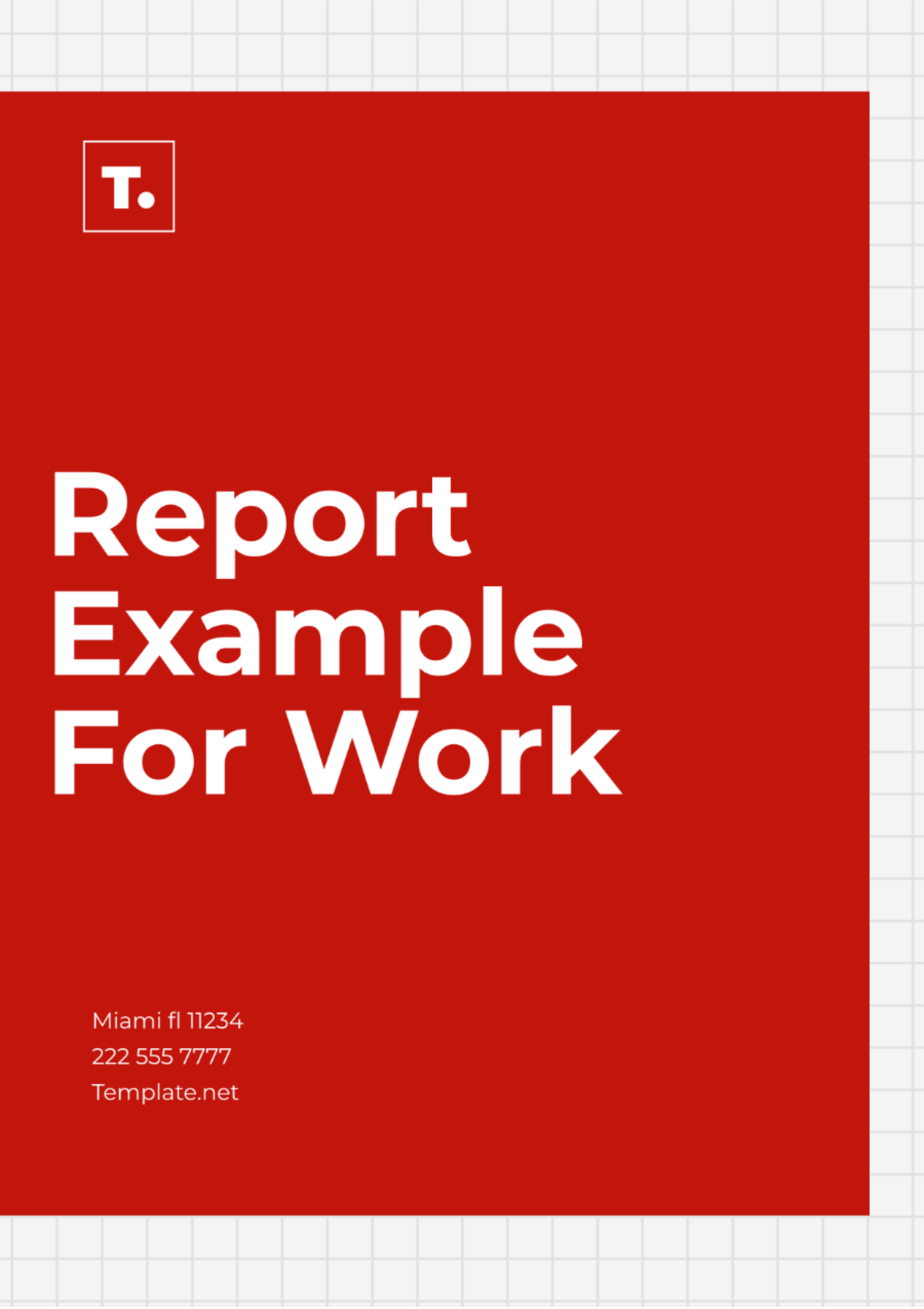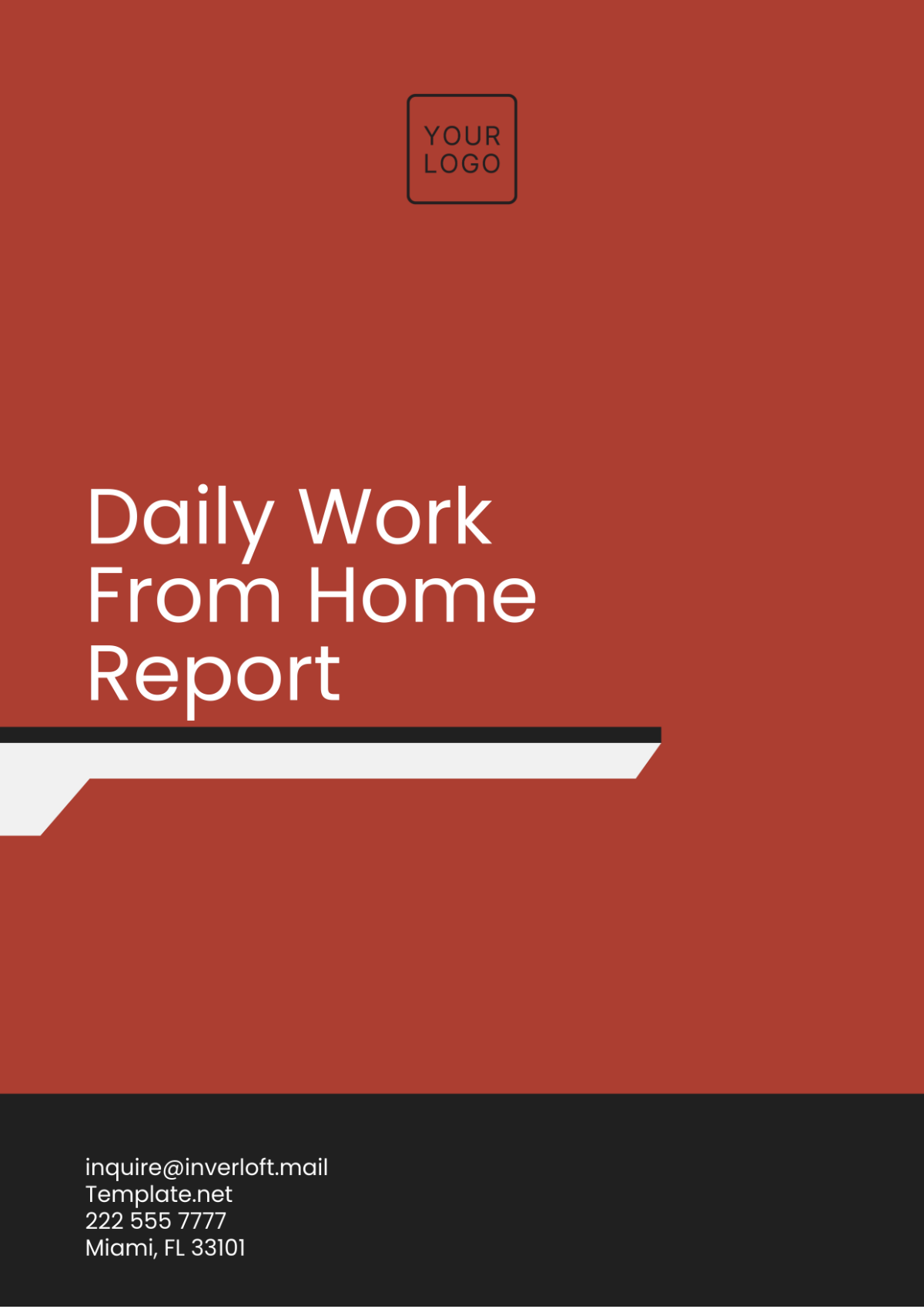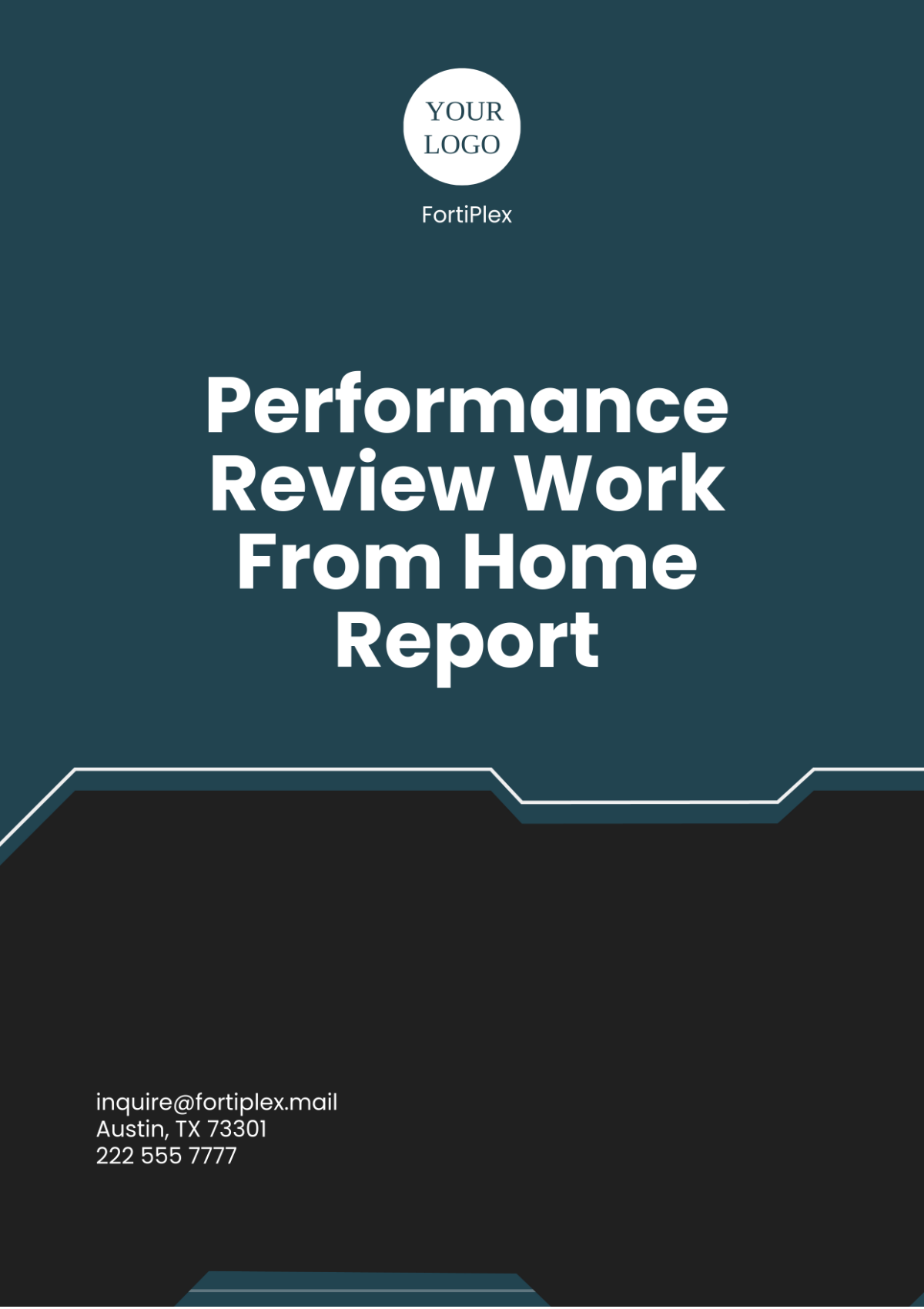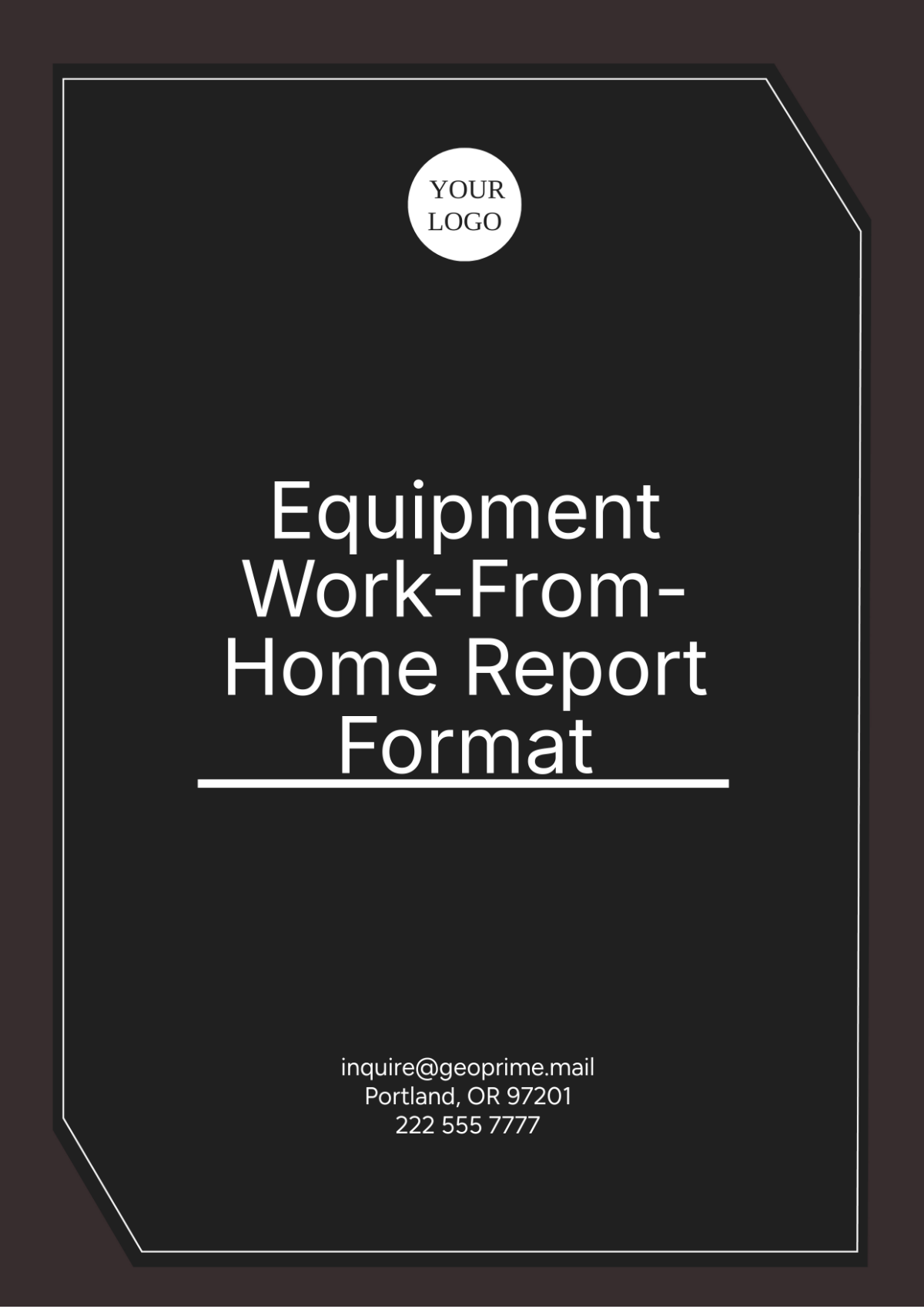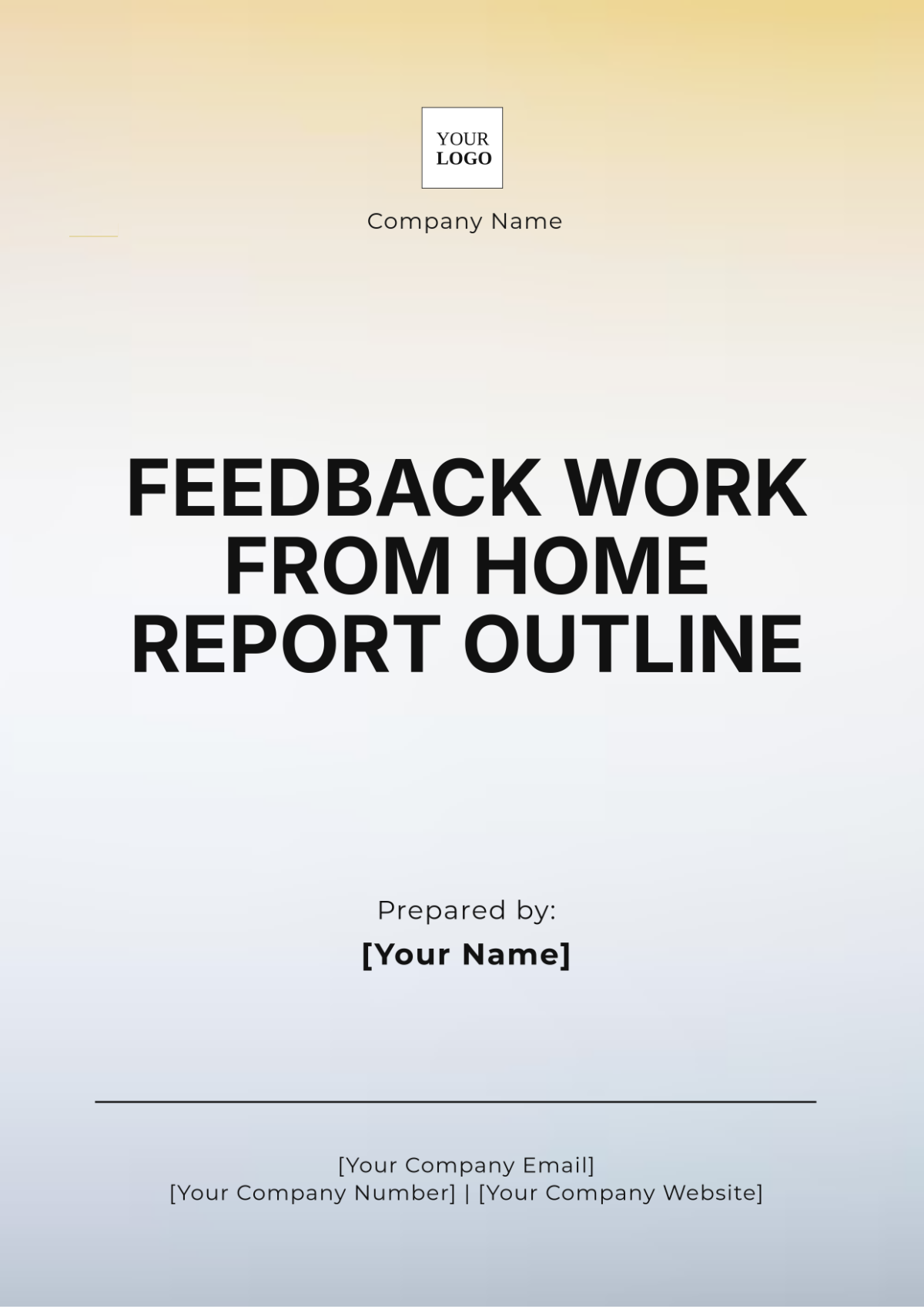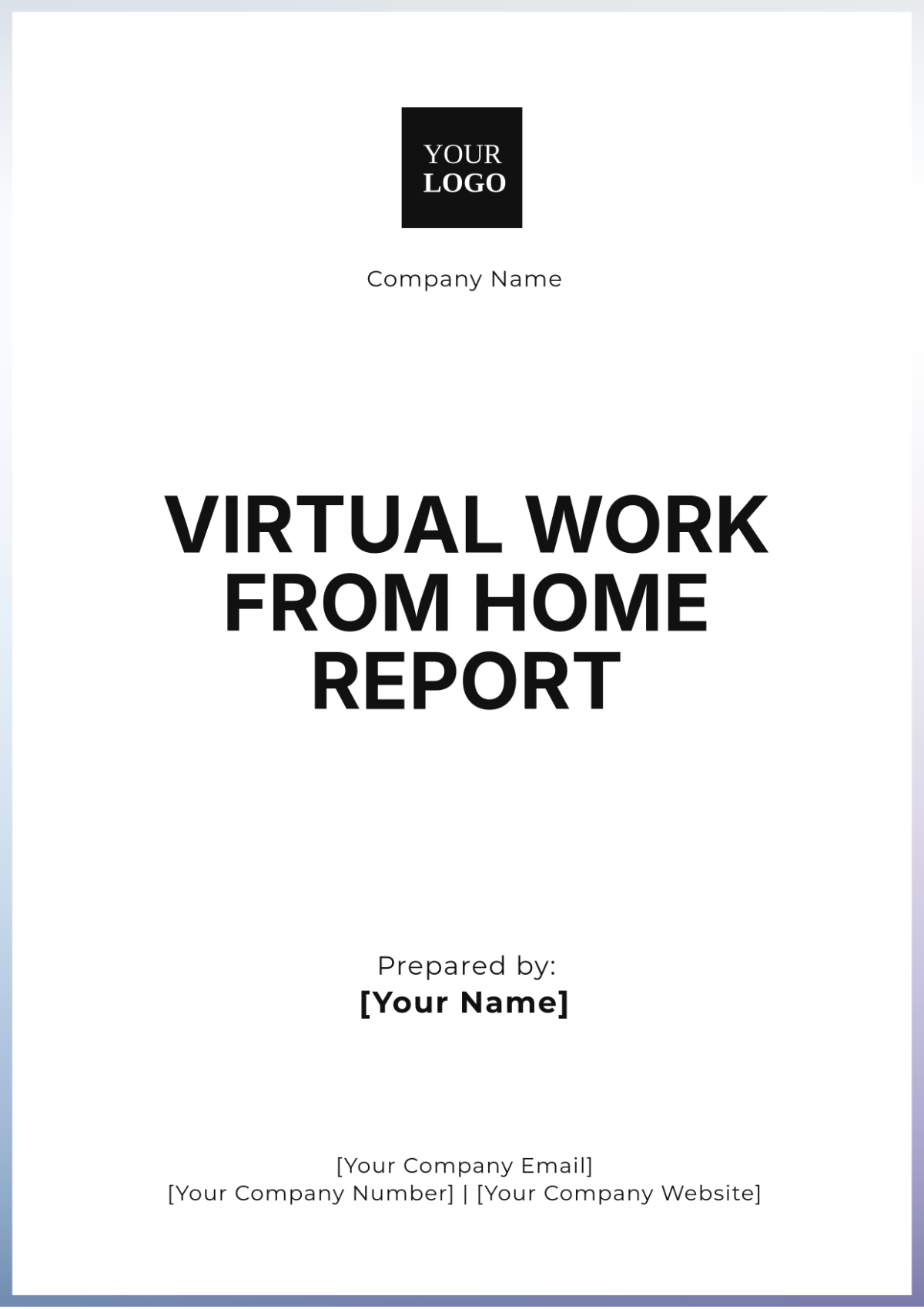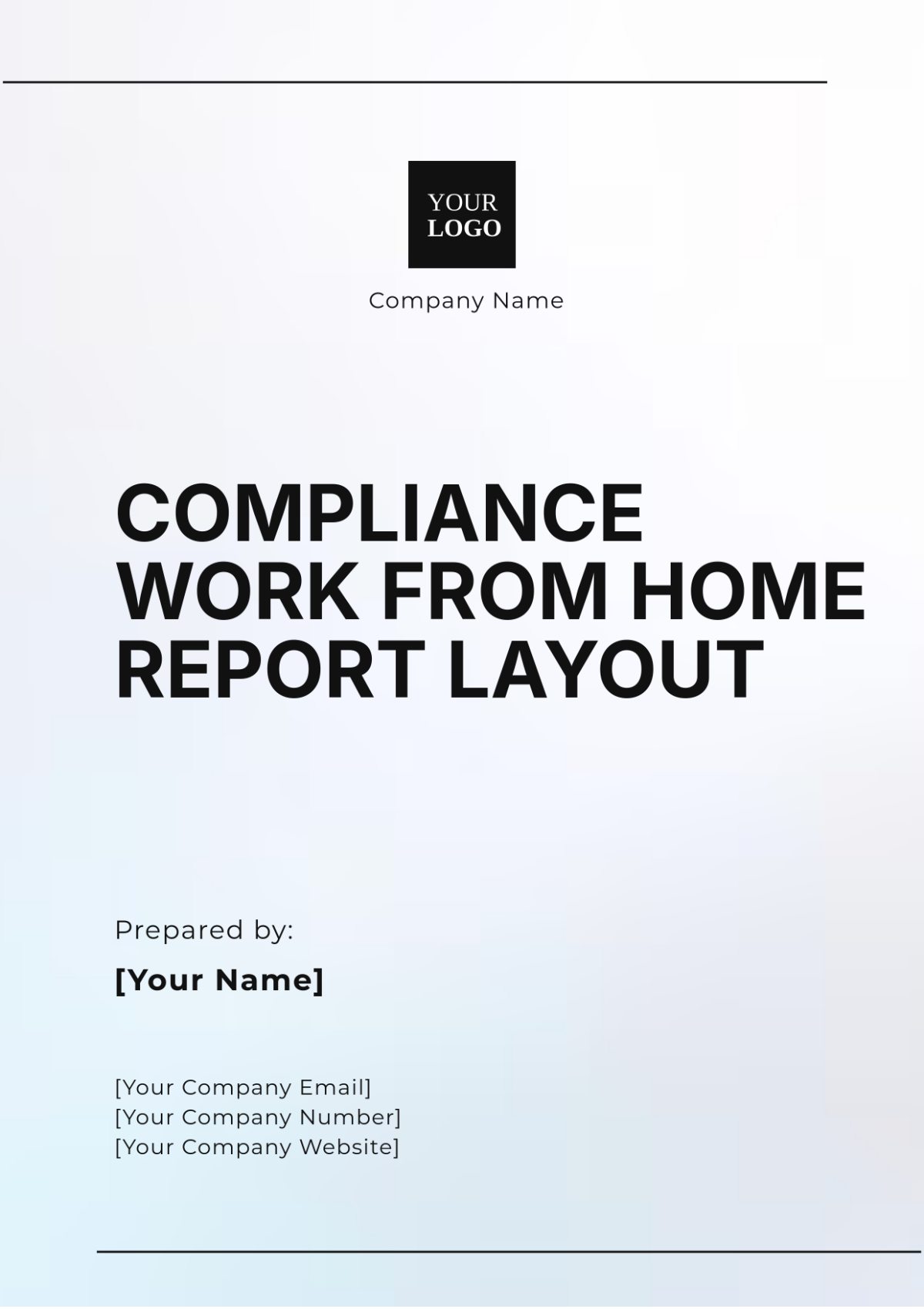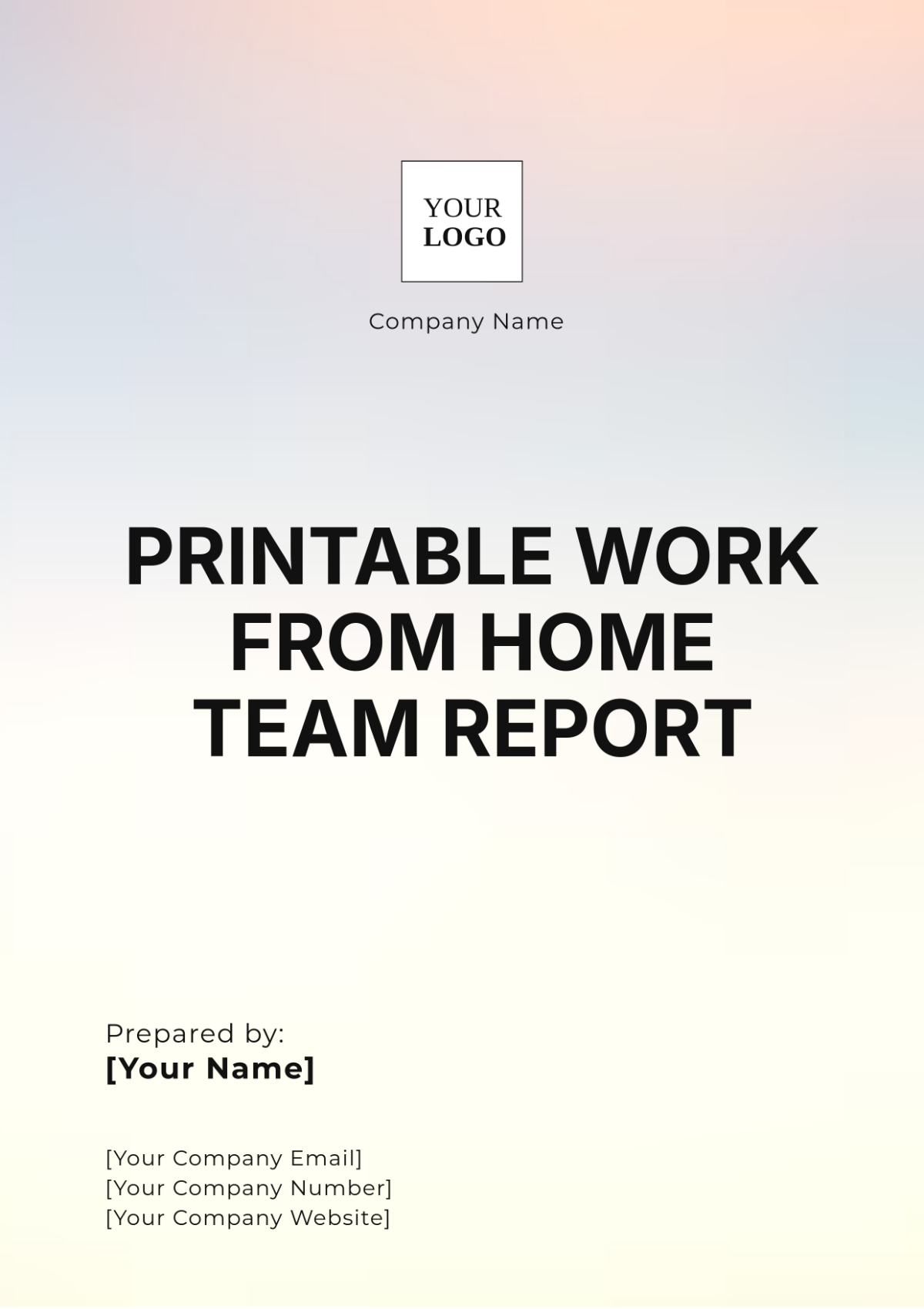Compliance Work From Home Report Layout
I. Introduction
The move towards remote work has brought many advantages, including flexibility and reduced commuting time. However, it also brings new compliance challenges for organizations. This report aims to provide a comprehensive overview of compliance requirements, identify key areas of concern, and suggest best practices for maintaining compliance in a remote working environment.
II. Overview of Compliance Standards
1. Data Security Standards
Ensuring the security of company data is paramount. Several standards need to be adhered to when employees are working remotely:
Implementation of VPNs for secure connections
Use of encryption for sensitive data
Regular updates of antivirus and anti-malware software
2. Employee Privacy Regulations
Remote work setups must comply with privacy laws to protect employee information. Key regulations include:
General Data Protection Regulation (GDPR)
California Consumer Privacy Act (CCPA)
Health Insurance Portability and Accountability Act (HIPAA)
3. Labor Laws and Remote Work
Labor laws ensure fair employment practices. Important considerations for remote work include:
Tracking working hours and overtime
Ensuring a safe work environment
Providing necessary work equipment and reimbursements
III. Key Areas of Concern
1. Data Protection
Data protection is critical for compliance with various regulations. Companies must implement strategies to safeguard data against breaches when employees work from home.
Risk Factor | Mitigation Strategy |
|---|---|
Unauthorized Access | Use of robust authentication mechanisms |
Data Leakage | Data encryption and secure data-sharing protocols |
2. Communication Channels
With employees using various communication tools, ensuring security across these platforms is crucial. Policies should cover:
Encryption of communication channels
Monitoring for unusual activities
Training employees on secure communication practices
3. Employee Well-being
The mental and physical well-being of employees is essential. Regular check-ins, ergonomic assessments, and support resources are important to maintain employee health and productivity.
Well-being Aspect | Initiative Examples |
|---|---|
Mental Health | Access to counseling services. Regular mental health workshops. |
Physical Health | Ergonomic equipment, virtual exercise sessions |
IV. Best Practices for Compliance
1. Implementing Robust IT Policies
Develop and enforce IT policies that ensure secure and compliant remote working environments. This includes guidelines for acceptable use, data protection, and incident response.
2. Regular Training and Updates
Regularly train employees on compliance requirements and updates. This ensures that all employees are aware of their responsibilities and the latest best practices.
Annual compliance training sessions
Regular updates on new regulations
3. Monitoring and Auditing
Conduct regular monitoring and auditing to ensure compliance with established policies. Identify gaps and take corrective actions promptly.
Activity | Frequency |
|---|---|
Data Security Audits | Quarterly |
Compliance Training | Annually |
V. Conclusion
Maintaining compliance in a remote working environment requires a multifaceted approach. By implementing robust data security measures, adhering to privacy regulations, and ensuring employee well-being, organizations can create a compliant and productive remote work environment. Regular training, monitoring, and updates are essential for staying compliant with developing standards and regulations.
